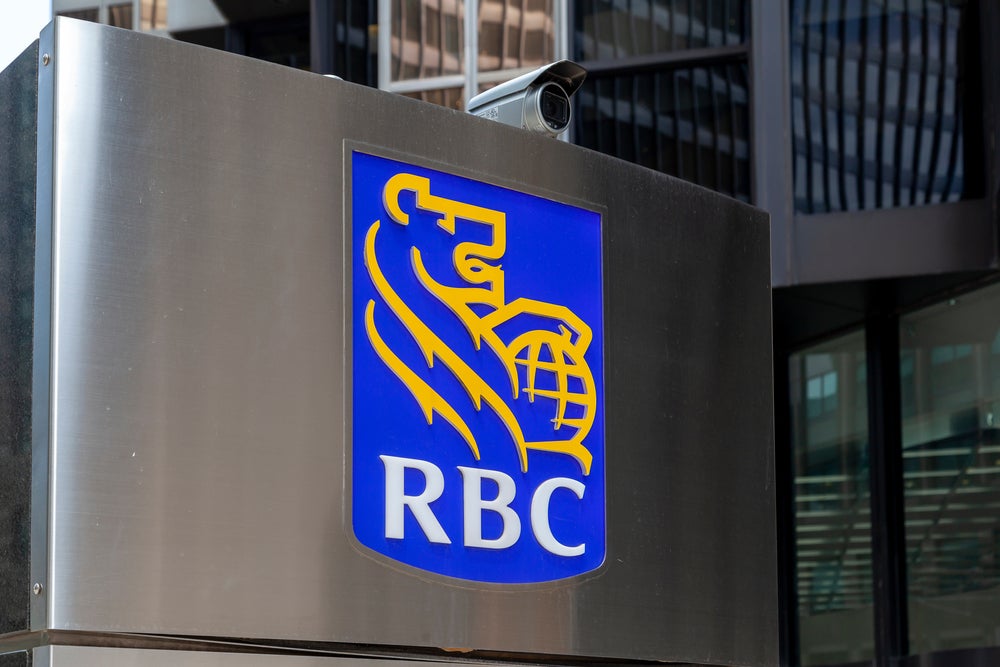
Value-based pricing equalises the needs of transaction banks (profit) and clients (effective solution) and is an underused strategic lever in the industry today. Success only occurs if the new price model is understood by clients and the solution adopted. In the third and final article in their series Ben Snowman, Jens Baumgarten and Georg Wübker, offer guidance on how to launch a new value-based price model into market.
There are different approaches for launching new price models into market? Retrospective changes to terms and conditions are tricky and can damage relationships. Alternatively, new prices can be ‘drip fed’ into market – when new contracts (or next generation) contracts are being negotiated. Regardless of the approach, the supplier must be confident that the new price model successfully delivers the needs based solution to market transparently and attractively. To build this level of confidence, new price models should be piloted prior to their formalisation into regular operations.
A pilot requires a number of ‘test cases’ to test and refine the price models. These test cases need to be defined by a number of fences – factors that naturally isolate pilot candidates from the broader environment. Given the nature of global transaction banking, the location, geographic coverage, industry segment and size of business are natural fences that can be used quite effectively to identify pilot candidates. This might mean piloting the new price model with a mid-size telecommunications company that only operates in a smaller European state or a regional Government council in a non-priority or growth region. Once the fencing criteria are set, the business development team can target new clients and new price models can be communicated when responding to requests for proposals.
Articulating the value delivered
All forms of contact with clients/prospects must articulate the value of the offered solution and demonstrate how it aligns with client needs. This means that all forms of client interaction (marketing materials, adverts, conference presentations, responses to client queries, etc.,) must shift toward ‘value communication’. The starting point is a series of value statements which link back to the Matrix of Competitive Advantages (discussed previously in the second article in this series). For each client need, for which a solution has been designed, value statements must be qualified and convey the following (value statement criteria):
1) Personal gain
2) A yes/no option
3) Self-evidencing and concrete
Citi’s Global Transaction Services has an overall corporate value statement that achieves these objectives (see figure 1). Their website also speaks directly to clients through the navigation options (region, industry segment). In contrast, Deutsche Bank direct all clients to specific products; there is no ‘about us’ section to articulate the value of partnership. These examples illustrate the two poles that are evident in the industry. Citi’s ‘client pull’ demonstrates an intent to form high value partnerships geared towards deep, profitable relationships; Deutsche Bank’s ‘product push’ infers an intent to offer a utility at the best achievable price. While these cases relate to the corporate-level offer, the principle of value communication must also be applied at the level of the solution in order to make the transition from utility to value based supplier.
How well do you really know your competitors?
Access the most comprehensive Company Profiles on the market, powered by GlobalData. Save hours of research. Gain competitive edge.

Thank you!
Your download email will arrive shortly
Not ready to buy yet? Download a free sample
We are confident about the unique quality of our Company Profiles. However, we want you to make the most beneficial decision for your business, so we offer a free sample that you can download by submitting the below form
By GlobalDataIn support of the value statements, transaction banks must be equipped with value arguments – responses to anticipated challenges from clients who are negotiating deals with a number of suppliers. Value arguments can be constructed around the following themes :
1) Demonstrate personal benefit received from partnership: "due to our global reach, our cash management solution helps you achieve better operational efficiencies and manage your working capital more efficiently" (Citi)
2) Provide tangible evidence to illustrate why the client’s perception of a high price is wrong, "you can use our online treasury management system 24/7 which integrates with your internal systems – it only takes 30 minutes to download all cash positions from all markets in all currencies" (HSBC)
3) Demonstrate the difference: "we have been voted the best bank for liquidity management in Western Europe for 6 successive years" (RBS)
4) Be clear on trade-offs: "bank X may well be cheaper but we are unique in our focus on trade corridors in Asia, Middle East and Africa" (Standard Chartered)
Flexing levers within a mixed price model
The purpose of using a mixed price model is that 1) it helps convey the value of a solution and 2) it gives the transaction bank additional levers to trade off during negotiations. If, for example, the price model contains a fixed monthly service fee, a fixed monthly fee for a set volume of payments and a fixed monthly fee for priority service levels, these can all be traded-off in negotiations. A recurring fee at an appropriate level for a desired scope of service stands a strong likelihood of being agreed. Competing on utility for transaction pricing and per-event fees for exception management is less likely to enter the frame. Here are some examples of the levers that can be used as trade-offs, when using a mixed price model in negotiations:
1) Transaction price levels: contract duration, monthly minimum number of transactions
2) Transaction requests: one-off requests, package of requests per month for mixed transaction types, chosen channel for requests
3) Cash balances: currency/FX, chosen channel for requests, value of deposits, duration of deposit
4) Reports: per-report fees, single monthly fee for core reporting suite, development fees for recurring bespoke reports
5) Exceptions and query resolution: types of query, service levels (response and resolution), access to support (in-hours, 24/7, named contact)
6) Channel: physical, virtual, number of users, scope of service per channel, access to additional services
7) Value added services: implementation, usage (per-use/monthly fee), number of additional products/services (non-linear pricing)
8) Incentives: rebates, waivers, teaser pricing, consultancy, minimum usage thresholds, non-linear pricing, packages, recurring monthly fees
Price model governance is a crucial part of managing trade-offs during negotiations. In essence this relates to the management of discounting and concessions and the levels of authority to authorise incentives during each wave of negotiation. A prescriptive policy (including client-level profitability thresholds) is required by the team responsible for price model governance to ensure that all decisions are transparent. Common dimensions that form a pricing policy include:
? Wave 1 concessions – show good will/ willingness to negotiate
? Bargaining chips (high importance to client/low importance to transaction bank) – concede reluctantly
? Supplier/client trade-offs (quid pro quo)
? Walk away concessions – be prepared to say no to the deal
Naturally, price model governance must include a series of processes to enforce contract terms once the business is won. This is a crucial role of a dedicated revenue management team and requires consistent processes supported by effective technology across all jurisdictions served by the transaction bank.
A way forward for the industry
As prices for utility products and services continue to become compressed, the transaction banking industry is poised to change the way it does business. Value based pricing is an underused method in the industry and represents a strategic opportunity to grow sustainable revenues.
Authors:
Jens Baumgarten is Managing Partner of Simon-Kucher & Partners’ New York office, and Head of North American Banking. Georg Wübker is Global Head of Banking. Ben Snowman is Director with the London Banking Division
About Simon-Kucher & Partners
Simon-Kucher & Partners is a global leader in pricing and sales. We have worked with many financial institutions across Europe and North America, helping them design innovative propositions and optimise their pricing to grow profitably. Our clients include Citi, Deutsche Bank, RBS and HSBC. Our projects typically result in a 10 to 20x ROI, with professional services fees recouped in one to four months after launch.









